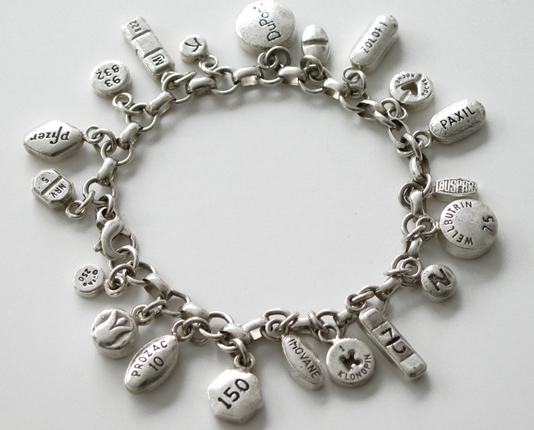"Imitation is the sincerest form of flattery that mediocrity can pay to greatness."
― Oscar Wilde
No truer words have been spoken.
Within the world of fine arts, there is a long history of appropriation. Appropriation is the intentional borrowing, copying, and alteration of preexisting images and objects. It is a strategy that has been used by artists for millennia, but took on new significance in the mid-20th-century" (moma.org) Artists' careers have been built and supported on appropriation, artists such as Andy Warhol and Richard Prince.
Campbell's Soup Cans, Andy Warhol, 1962
And they were not always successful, see Cariou v. Prince. In the mid-20th-century, artists' energies were focused on concepts and ideas, altering their appropriated materials through manipulation and presentation. The explosive growth of the art community transformed the way in which art is created and appropriated. Today, the same rules simply do not apply.
In 2016, British artist Damien Hirst was sued by Colleen Wolstenholme, a Canadian artist/jewelry designer. Her claim states that Hirst knowingly duplicated her bracelet design for a jewelry line he had developed.
Colleen Wolstholme
Damien Hirst
In jewelry design, so much more emphasis is placed on the object, or product, rather than the concept, that there is very little room for inspiration, and even less room for appropriation. What is occurring within the industry is a blatant disregard for the intellectual and creative processes that go into developing a design. Many designers have leapt over inspiration and appropriation to pure copying, or more accurately, theft.
TATE owner and designer Steven Messler says, "In today's designer focused consumer luxury market, where branding and exclusivity play an increasingly more important role in purchase decisions, the ability to protect and preserve a designer/artists vision, hard work and product has never been more vital and difficult."
Some big names in retail, such as H & M and Forever 21, have been accused of knocking off designs (Exhibit A), and lawsuits have been filed against others, namely Urban Outfitters ( Exhibit B). What is there to be done?
Messler believes that "people who call themselves “designers” along with the retail stores themselves have no issue stealing someone’s work."
The dilemma faced by artists/designers is whether or not to post new items to social media to create buzz and brand recognition. Are the risks worth the threat of the piranhas waiting to copy? Unfortunately, in today's society, there are very few alternative options to social media when building, or maintaining brand presence in the market.
"If you need to copy a designers work for your new line you are not a “designer”. Have some integrity" says Messler



